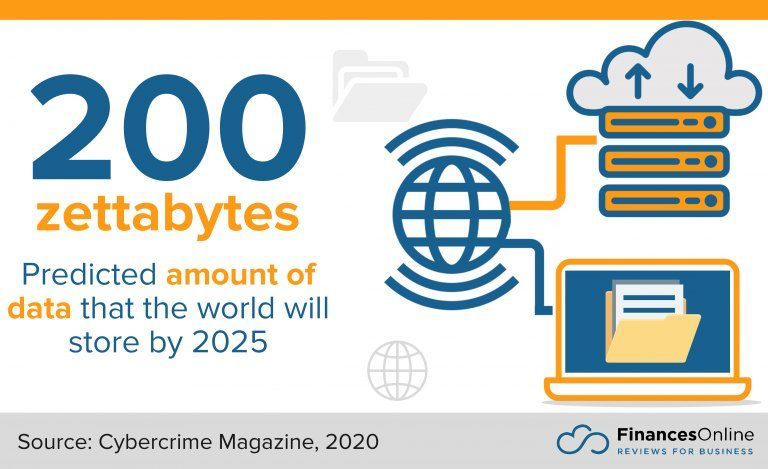Manufacturing businesses traditionally drive their production processes using machinery and physical assets. However, data has now become a valuable asset for organizations across industries. In particular, manufacturing firms have started leveraging data to gain a competitive edge.
Data analytics in manufacturing is becoming more and more popular nowadays. Using the power of data, businesses facilitate cost reduction and customer satisfaction improvement. Analyzing vast amounts of data, manufacturing companies can gain insights into their processes. Thus, they can simplify the process of identifying inefficiencies and increasing performance.
In this article, we will focus on manufacturing analytics’ benefits and use cases. Discover ways to make data-driven decisions and optimize your operations with us.
What manufacturing industry challenges can data analytics help to solve?
The importance of technologies such as AI, data analytics, and big data in manufacturing is enormous. It is because businesses in this industry face problems such as:
- supply chain disruptions
- quality control issues
- changing customer preferences
- regulatory compliance
- cost management
- fraud
- expensive downtime
- customer churn
However, data analytics can help solve the issues listed above. This is because it provides insights for better decision-making and more efficient processes. Hence, manufacturing businesses can better plan their budget, improve their decision-making, and optimize efficiency. As a result, many organizations are now opting to utilize off-the-shelf software. Others hire Scala developers to integrate data analytics with their custom solutions.
Benefits of data analytics in manufacturing
Data analytics helps manufacturing businesses achieve more through smarter resource and asset management. Let’s review the key benefits of data analytics in manufacturing in more detail.
Cost optimization
Using data, businesses can eradicate insufficiencies and save money. One of the manufacturing analytics examples includes identifying inefficient equipment. Companies can then schedule repairs before a breakdown occurs.
Thus, data analytics allows for avoiding costly downtime and machinery repairs or replacement. Moreover, analyzing data allows for finding areas of waste. As a result, businesses can optimize their use of resources, thus saving costs.
Better decision-making
Being well-informed is one of the main principles of the decision-making process. Analyzing generated production data makes it easier for companies to identify improvement opportunities.
For instance, data analytics helps determine the most profitable products or production lines. After that, a company can allocate resources in a more productive way.
Increased efficiency
Areas of waste, bottlenecks, and other resource allocation issues often impact productivity. By using data analytics to identify the problem, companies can streamline the production process.
Another way to increase efficiency is to optimize equipment utilization. For example, data analytics can help monitor and replenish inventory levels to avoid overstocking.
Customer satisfaction
Customer data is yet another asset for a manufacturing company. Analyzing this data helps businesses gain insights into their clients’ preferences and behaviors. So, an organization can better meet consumers’ needs with improved products or services. As a consequence, customer loyalty grows, as well as the possibility of upselling.
In addition, data analytics can assist in user experience monitoring and optimization. By tracking feedback, it can identify areas to improve the UX. Thus, companies may strengthen their brand reputation and retain more customers.
Manufacturing analytics use cases
The manufacturing industry can benefit from data analytics in many ways. Some prominent use cases are predicting maintenance needs and forecasting demand. Leveraging data analytics tools enables businesses to gain insights, optimize operations, and improve their bottom line.
Now let us look at manufacturing analytics use cases:
Predictive (preventive) maintenance
Imagine being able to predict when your equipment will crash or require maintenance. Sounds convenient, right? Well, predictive maintenance makes this dream a reality.
By analyzing sensor data and historical records, businesses can identify potential failure patterns. Predictive analytics for manufacturing can help enterprises avoid costly downtime and reduce maintenance costs.
Another way to prevent a breakdown is to find the best schedule for proper equipment upkeep. This approach involves the analysis of historical maintenance data. Thus, companies will minimize the chance of unexpected malfunctions. This can lead to machine uptime increase, productivity improvement, and budget optimization.
Demand forecasting
Data analytics in manufacturing helps predict future product or service demand. For this purpose, engineers analyze sales data, economic indicators, and other relevant factors.
Demand forecasting allows businesses to estimate how much of a product or service a firm will need to provide. Thus, companies can enhance their inventory management and streamline production schedules. As a result, they can reduce the risk of stockouts or overstocking.
Supply chain optimization
Now what about using data to improve the efficiency of the supply chain? Manufacturing analytics can benefit suppliers, transportation providers, and other supply chain partners. It allows businesses to identify cost reduction, process streamlining, and collaboration improvement opportunities.
An example would be when a company defines the optimal order quantity. Another instance is when it reduces lead times or improves inventory management. By analyzing transportation logs and shipment data, companies can identify route planning inefficiencies.
Having optimized supply chains with data analytics, manufacturing businesses can:
- increase their agility
- improve responsiveness to customer demand
- optimize routes
- minimize transit times
- reduce fuel consumption
- improve overall delivery efficiency
Quality control
Quality control involves using manufacturing industry data analysis to improve the product. First, manufacturers receive data from sensors and inspections. After that, the ensuing examination allows them to detect and address quality issues. Thus, clients do not get defective products, resulting in higher customer satisfaction.
Data analytics in manufacturing also helps to identify patterns that indicate potential issues. Businesses can then take action to mitigate any problems that may arise. This proactive approach allows manufacturers to address issues before they become significant challenges. In such a way, manufacturing businesses can reduce rework costs, improve customer satisfaction, and maintain brand reputation.
Price optimization
It takes much work for businesses to establish an ideal price price for their products or services. On the one hand, they strive to make the most income possible. On the other hand, customers have to feel that they pay a reasonable amount of money for what they receive.
Manufacturing data analytics facilitates the optimal price point determination for products or services. It consists of the analysis of market trends and customer behavior. This allows organizations to charge the amount that maximizes profitability while remaining competitive.
Product development
Another application of data analytics in manufacturing lies in product development and design. Manufacturing businesses can examine data on customer preferences, market trends, and product performance. Consequently, they can make informed decisions about product design and features improvement.
Organizations can identify opportunities for new product development using data analytics. Moreover, it enables businesses to prioritize their efforts based on demand and profitability potential. This way, they can create products that better meet customer needs and preferences. Moreover, it allows for the reduction of development costs and time to market.
FAQs
Why is data important in manufacturing?
Data holds significant importance in the manufacturing industry. Through advanced analytics techniques, manufacturers can uncover hidden patterns, trends, and correlations within their data. Data analytics enables them to optimize processes and streamline operations. Thus, companies can gain a competitive edge.
What are the benefits of analytics in manufacturing?
The benefits of analytics in manufacturing include cost optimization, better decision-making, increased efficiency, reliable quality control, and improved customer experience.
How is big data analytics used in manufacturing?
Manufacturers use big data analytics to gain insights. For that, companies analyze complex data sets from various sources. Next, a team of engineers can turn raw data into actionable insights. Then, organizations can make data-driven decisions for continuous improvement and success.
Conclusion
To sum up, data analytics holds great significance in transforming the manufacturing industry. Firms can leverage this technology to make profoundly important decisions and overcome any potential challenges.
Using data science in manufacturing, an organization can implement predictive maintenance, demand forecasting, supply chain optimization, quality control, and price optimization. As a result, manufacturers can bring their business activities to the next level.


















